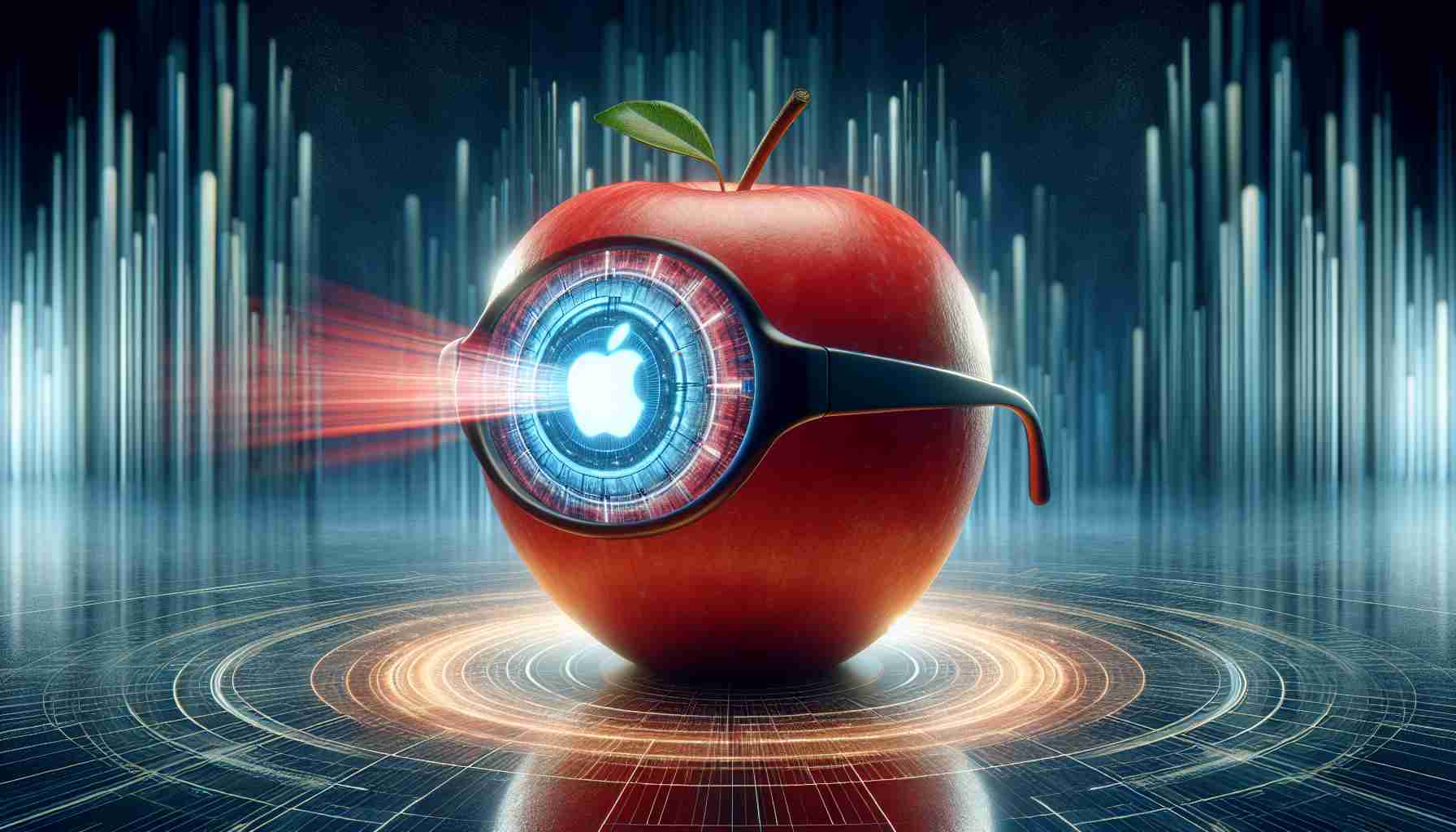Since the launch of Google Glass, all similar devices have faced the same challenges. Now, with Apple entering the market through its Vision Pro product, the situation could drastically change.
Apple’s new product is a $3,500 glass computer that resembles ski goggles. It features high-quality resolution and eye and gesture tracking sensors. It is one of Apple’s most ambitious endeavors, as the company describes this helmet as the beginning of the “spatial computing” era, where data will blend with reality to enhance our everyday lives. Imagine a presentation with digital notes visible in the corner of your eye.
As one of the first journalists to test Vision Pro last year, I was impressed by the image quality. However, I had doubts about whether people would want to wear it on a daily basis. These doubts stemmed from my experience wearing over a dozen different goggles over the past 12 years from companies like Google, Meta, Snap, Samsung, and Sony. I have tested virtual reality on desktop computers as well as smart goggles for taking photos. These devices were supposed to provide full immersion in the digital world instead of using a keyboard.
The main problem with goggles is not so much the technology but people’s behavior: they quickly get tired of wearing a computer on their face, devices end up in closets, and developers lose interest in creating new applications. According to research firm IDC, sales of mixed and virtual reality goggles dropped by 8.3% last year, but this could change with Apple entering the market.
Although Apple is known for entering the market late but offering significantly better products than the competition, Vision Pro is not a guaranteed success, especially due to its steep price.
“Is Apple simply late to the market but entering with the best product and therefore will succeed?” asks Michael Gartenberg, a technology analyst and former marketing director at Apple. “Or is there no market yet because there is no mass demand for $3,500 helmets?”
Key Questions about Apple’s Vision Pro:
1. What is Vision Pro?
Vision Pro is a $3,500 glass computer resembling ski goggles. It features high-quality resolution and eye and gesture tracking sensors.
2. What are the main features of Vision Pro?
Vision Pro has high-resolution image quality, eye and gesture tracking sensors, and lets users blend data with reality to improve their daily lives.
3. What are the concerns with wearing goggles on a daily basis?
People with experience wearing different virtual reality goggles often lose interest in such devices. The speed at which users become disinterested in wearing a computer on their face is the main issue with goggles.
4. What was the impact of competition on the goggles market last year?
According to research firm IDC, sales of mixed and virtual reality goggles dropped by 8.3% last year. Developers are also losing interest in creating new applications.
5. What is the potential for Vision Pro’s success?
Although Apple often enters the market late, Vision Pro is not guaranteed success due to its high price and potential lack of demand for such expensive devices.
6. What are the opinions about Vision Pro?
Technology analyst Michael Gartenberg suggests that there is a possibility that Vision Pro will succeed due to its features, but there is also a risk that there is not yet sufficient demand for such expensive gadgets.
Suggested Related Links:
– Apple
– Google
– Meta
– Snap
– Samsung
– Sony
Defined Terms:
– Vision Pro: Glass computer from Apple resembling ski goggles, designed to blend data with reality to facilitate everyday life.
– Mixed and Virtual Reality Goggles: Devices like Google Glass and Vision Pro that allow the merging of the digital world with reality by overlaying information onto the user’s view.
– Gesture Tracking: Hand movements used to control a device, including interaction with mixed and virtual reality goggles.
– Virtual Reality: Technology that allows users to experience and interact in a completely digital world, separate from physical reality.
– Mixed Reality: Technology that combines physical reality with a digital overlay, allowing for the overlay of digital information onto the user’s view in the real world.
The source of the article is from the blog radardovalemg.com
